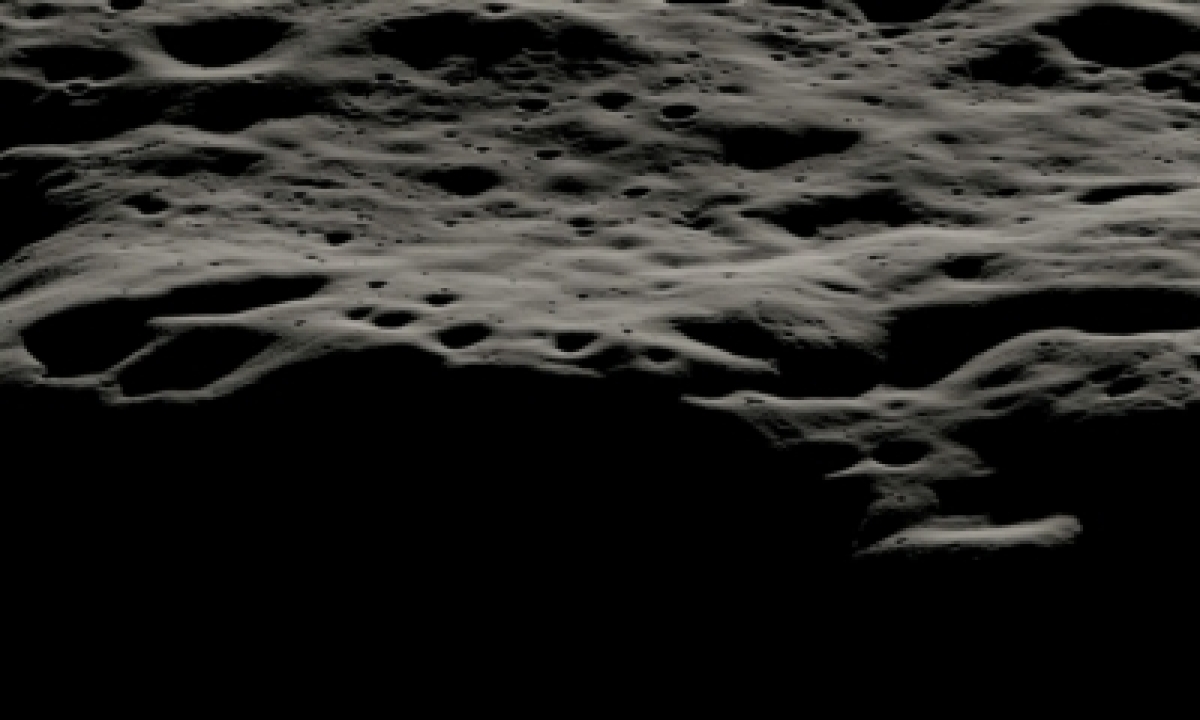Washington, Sep 21 : NASA’s much-awaited Artemis Lunar Mission in 2023, will land near the western edge of the Nobile Crater at the Moon’s South Pole.
The Artemis rover — Volatiles Investigating Polar Exploration Rover (VIPER) — during its 100-day journey will explore the region’s surface and subsurface for water and other resources, the US space agency has confirmed.
The Moon’s South Pole is one of the coldest areas in our solar system.No prior missions to the Moon’s surface have explored it — scientists have thus far only studied the region using remote sensing instruments, including those on NASA’s Lunar Reconnaissance Orbiter and the Lunar Crater Observation and Sensing Satellite.
The mountainous area west of Nobile Crater was chosen as VIPER’s landing site due to its rover-accessible terrain and array of nearby sites of scientific interest, including permanently shadowed areas.
Nobile Crater is an impact crater that was formed through a collision with another smaller celestial body, and is almost permanently covered in shadows, allowing ice to exist there.The area of study covers an approximate surface area of 93 square kilometres, of which VIPER is expected to traverse 16 to 24 km.
“Selecting a landing site for VIPER is an exciting and important decision for all of us,” said Daniel Andrews, VIPER project manager, in a statement.
“Years of study have gone into evaluating the polar region VIPER will explore.VIPER is going into uncharted territory — informed by science — to test hypotheses and reveal critical information for future human space exploration,” he added.
Smaller, more accessible craters surrounding Nobile’s perimeter, will also provide VIPER with ideal locations to investigate in its search for ice and other resources.
VIPER will collect samples from at least three drill locations.
Analysis of these samples from a variety of depths and temperatures will help scientists to better predict where else ice may be present on the Moon based on similar terrain, allowing NASA to produce a global resource map.
This map, and the other science VIPER will produce, will allow scientists to better understand the distribution of resources on the Moon and help inform future crewed missions to establish a long-term presence on the lunar surface
.






